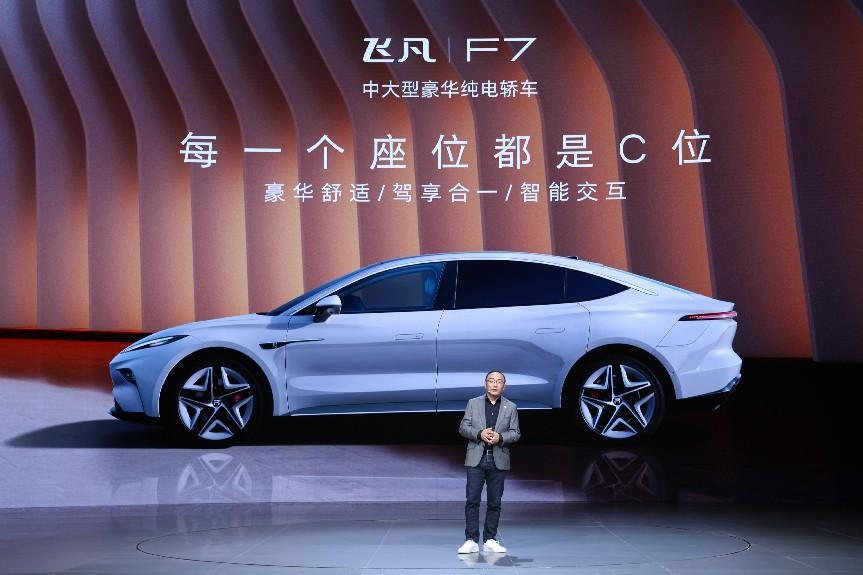Author: Michelin
What qualities does a new car need to stand out? Looks? Range? Performance? Level of intelligence?
Last year we used the term “Hexagonal Warrior” to describe an all-around intelligent electric vehicle. However, this year, being just a “hexagon” is not enough, we now need to add one more – a “stunning” price point. This price war at the beginning of the year has forced products that are already on the market to lower their prices or increase their benefits. As for new models that have not yet been launched, their prices will determine whether they can win at the starting line.
For example, when the RisingAuto F7 announced its pre-sale price of RMB 280,000 to 350,000, it did not receive as much attention and discussion as it does now, when it was ultimately priced at RMB 209,900 to 301,900 on March 27. Suddenly, from competitors like Nio ET7, IM L7, JiKe 001, to models at a similar price point such as BYD Han EV, Model 3, and even the recently upgraded XPeng P7i, became objects of comparison. Indeed, the wider the price range, the more extensive the range of competitors.
When the RisingAuto F7 appeared with a price tag of just over RMB 200,000, it transformed into a “combat aircraft” in the price war, forcing us to re-examine its competitiveness.
C-class positioning at B-class prices
The B-class market has always been the most crowded market for new energy vehicles in China. From old warriors like Model 3, BYD Han, XPeng P7, to recently emerged players such as the Sealion, NETA S, and Zero Run C01, all products that dare to enter the B-class new energy vehicle market come with the label of “explosive sales”. The label that RisingAuto F7 puts on itself is “displaced competition”.
As a mid-size car with a length of 5 meters and a wheelbase of 3 meters, the F7 is technically a C-class car in terms of size. RisingAuto understands the Chinese people’s preference for “bigger than bigger,” ensuring that the F7’s size is large enough, while also making the rear space and loading capacity sizable through its streamlined body design and hatchback.
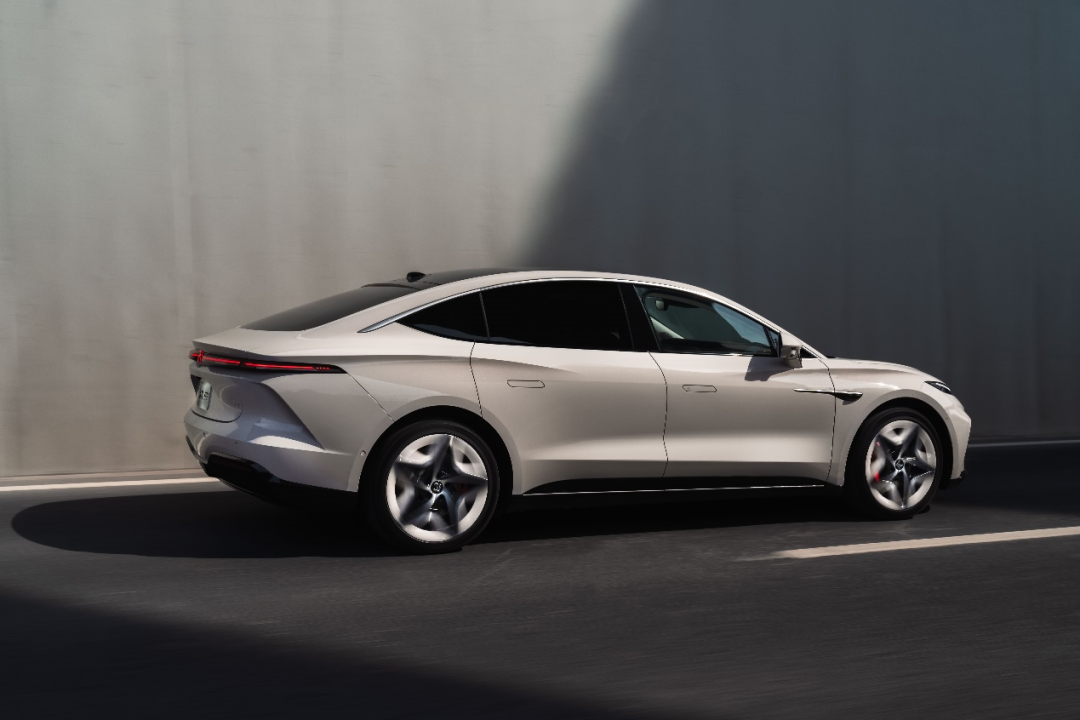 In terms of power performance, the FEIFAN F7 adopts an aluminum alloy lightweight chassis, front double-wishbone + rear five-link suspension, with chassis configurations such as Brembo four-piston front calipers and Michelin PS EV tires. The two-wheel-drive version has a maximum power output of 250kW, peak torque of 450N.m, and 0-100 km/h acceleration of 5.7 seconds. The four-wheel-drive version has a combined power output of 400kW, peak torque of 700N.m, and 0-100 km/h acceleration of only 3.7 seconds.
In terms of power performance, the FEIFAN F7 adopts an aluminum alloy lightweight chassis, front double-wishbone + rear five-link suspension, with chassis configurations such as Brembo four-piston front calipers and Michelin PS EV tires. The two-wheel-drive version has a maximum power output of 250kW, peak torque of 450N.m, and 0-100 km/h acceleration of 5.7 seconds. The four-wheel-drive version has a combined power output of 400kW, peak torque of 700N.m, and 0-100 km/h acceleration of only 3.7 seconds.
In terms of range, the FEIFAN F7 offers two battery options for the current models on the market:
The Advanced version is equipped with a 77-degree ternary lithium battery, with a CLTC range of 576km and 0-100 km/h acceleration of 5.7 seconds, priced at 229,900 yuan; Advanced Pro version at 249,900 yuan;
The Long Range version is equipped with a 90-degree ternary lithium battery, with a CLTC range of 666km and 0-100 km/h acceleration of 5.7 seconds, priced at 249,900 yuan; Long Range Pro at 269,900 yuan;
The Four-wheel Drive Performance Pro version is equipped with a 90-degree ternary lithium battery, with a CLTC range of 600km and 0-100 km/h acceleration of 3.7 seconds, priced at 301,900 yuan;
A model with a 64 kWh lithium iron phosphate battery pack will also be launched in the second half of this year, priced as low as 209,900 yuan.
The price range of 209,900 yuan to 301,900 yuan is the most crowded and competitive market for B-class cars today. To pursue driving experience at this price point, FEIFAN has made a lot of efforts in details.
“We don’t use air suspension.” In the face of the commonly used air suspension in the industry today, Liu Chen, the general manager of FEIFAN Automotive User Development Center, confidently told GeekCar, “We believe that for the entire chassis, it has good heritage, tuning and structural settings.” Air suspension to some extent increases the cost and selling price of the vehicle, but it is not an absolute indicator of excellent driving experience.
In the era of gasoline-powered cars, 95% of the sales of a luxury sedan comes from non-air suspension models. They have undergone at least three years of careful polishing through comprehensive tuning of the structure and chassis, and ultimately present an outstanding product. The FEIFAN F7 is the same. Through tuning of dynamic experience on different road surfaces and different frequency bands, even to fine adjustments in the frequency range of several hertz, the F7 presents a high-end driving and riding experience that is not inferior to traditional luxury brands at the price point of a B-class car, which is evident not only in chassis tuning but also in the cabin.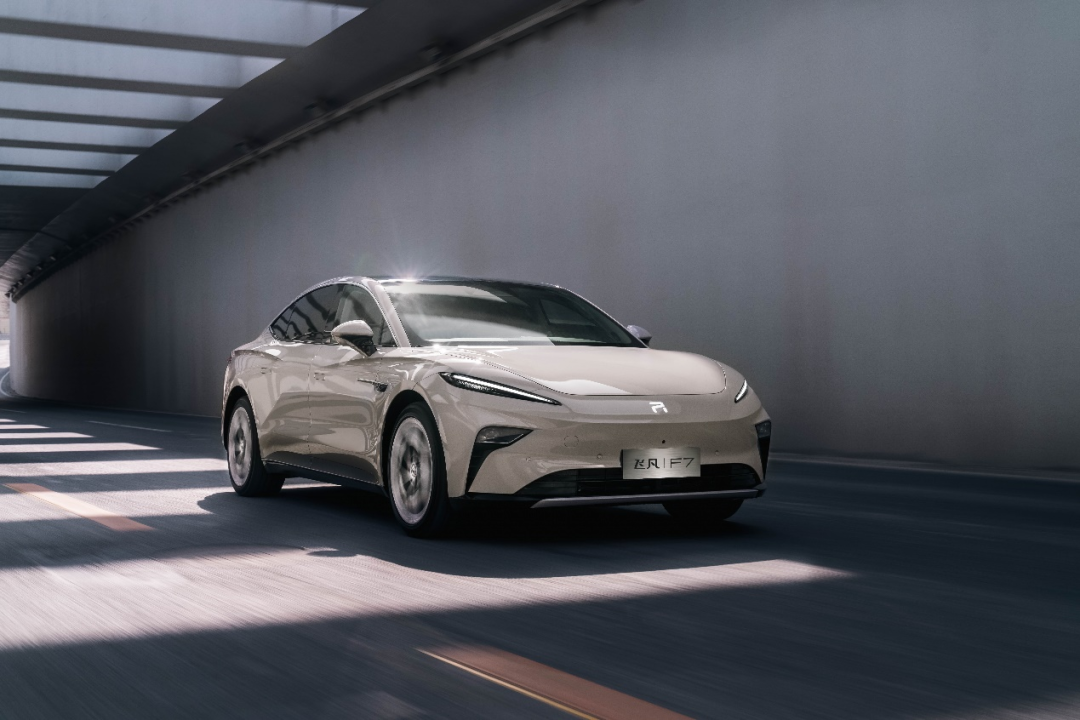
What is the “Bach Cabin”?
Following Chinese automakers, we learn a new term every day. Last year, domestic automakers taught us what “5D cabin” and “zero-gravity seat” meant. This year, Enovate launched a new term: “Bach Cabin”. In Enovate’s words, they hope “the seat can bring passengers the joy of music like Bach’s music.” This description is a bit abstract, so let’s look at some specifics.
As a pure electric vehicle, the large battery pack inevitably squeezes the cabin space. The conventional solution is to design a panoramic sunroof to relieve the pressure on the headspace with transparent glass. In this regard, in addition to designing 1.98-square-meter dome skylights, Enovate F7 also uses horizontal battery cells, which reduce the height by about 30mm compared to the traditional battery pack. At the same time, the minimum seat height drops by 28mm, providing more headspace.

In addition to more comfortable space, Enovate has also created an automotive version of “ergonomic seats.” SAIC has collected the physical characteristics of more than 3,000 Chinese people over three years and constructed a database of Chinese physical features. F7’s seats are based on this database to build features that better fit Chinese body curves and provide adequate support for the waist.
The front seats have the thickest cushion filling of the same level, 70mm, and provide comfortable functions such as 14-way power adjustment, heating, ventilation, and massage. The driver’s seat has a cushion length of 580mm, the longest in the same level, and the only seat with waist hot stone massage function. The length of the rear seat cushion, 496mm, also exceeds that of the same-level vehicles.
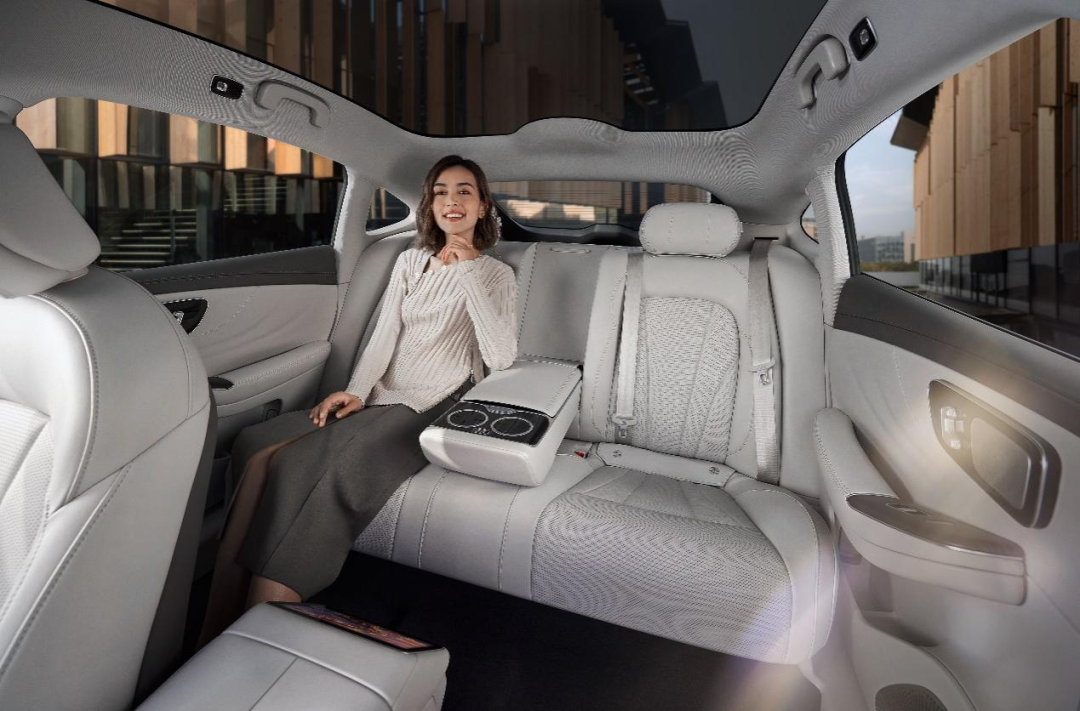
In addition to the comfort of seat hardware, the vibration and noise during driving can sometimes cause discomfort and motion sickness. This needs to be improved by enhancing the vehicle’s NVH. For example, to reduce wind noise, 10 double-layer laminated soundproof glass and more than 50 sound absorption materials are used. Through nine anti-vibration measures, the overall isolation rate is increased to 95%, a design that has previously only been used in D-class luxury cars.“`markdown

Apart from comfort refinement, the F7 of FEIFAN has not made intelligence a weak point of its own. The front row of the cabin continues the layout of the FEIFAN 43-inch tri-screen, and an 8-inch entertainment and audio screen is set up at the rear row, coupled with bidirectional dual-sound zones to isolate the interference between the front and rear rows.

As a cabin named after a musician, the sound effect cannot be neglected. The FEIFAN F7 is equipped with 16 speakers as standard, equipped with a leading dual DSP solution in the industry based on its self-developed new audio architecture, and the in-car sound supports 7.1 channel surround theater sound. Based on the self-developed audio architecture, the sound system can communicate with other systems and modules of the vehicle, making 3D vector sound effects, such as in intelligent driving scenes or when 3D navigation sound is turned on, the direction of the sound always maintains consistency with the direction of attention, avoiding the interference caused by abrupt sound.
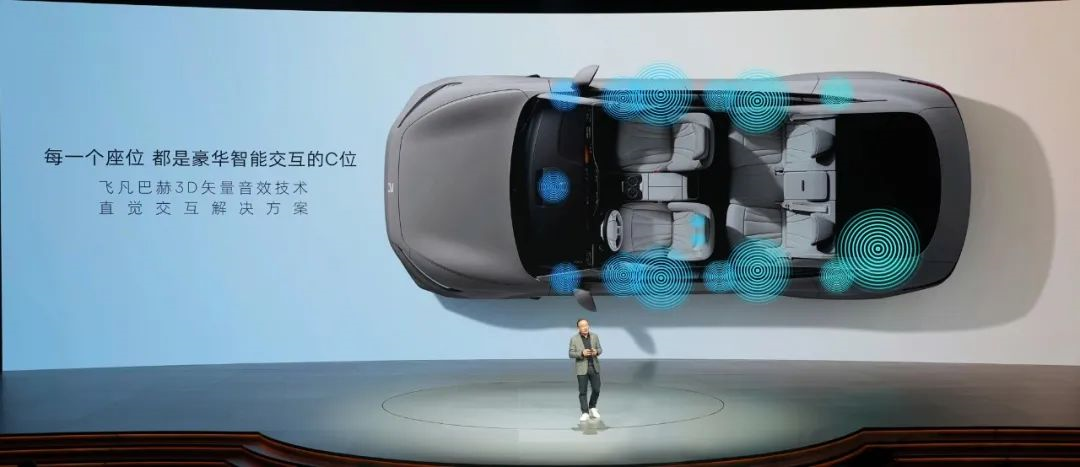
Finally: Can FEIFAN F7 hit the first shot?
To return to the beginning, who is the competitor of FEIFAN F7? NIO ET7? Zeekri 001? Or XPeng P7i? IM L7? For consumers, different preferences may determine which models they will compare with F7, but there are successful precedents for F7’s “dimensionality reduction competition”, and that is BYD Han.
With similar sizes and prices, FEIFAN F7 and BYD Han EV all grab markets from the B-class fuel vehicles of joint-venture brands with the size of C-class cars and the price of B-class cars. In 2022, the BYD Han series sold more than 274,000, and this number is enough to show how huge the potential of this market is. For 2023, when the overall automobile sales are shrinking and the new energy market urgently needs to grow, it is fuel vehicles that are really the competitors of new energy cars.
“`
In this battlefield, the F7 from Faw is pitted against the Han EV from BYD. In comparison, the latter has a clear advantage in brand awareness and market size. The F7, on the other hand, seeks to enhance its competitiveness in intelligence and comfort experience. As for brand awareness, “We hope to let more consumers know about the Faw brand through the F7,” says Wu Bing, CEO of Faw Automotive. With such sincerity in its pricing strategy, can the F7 capture attention and retain its customers with its product offerings?
This article is a translation by ChatGPT of a Chinese report from 42HOW. If you have any questions about it, please email bd@42how.com.
